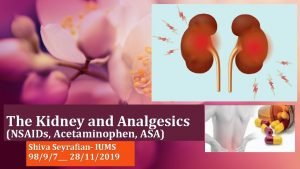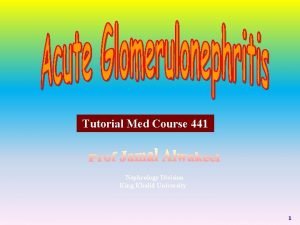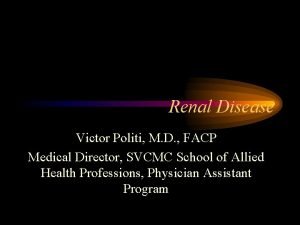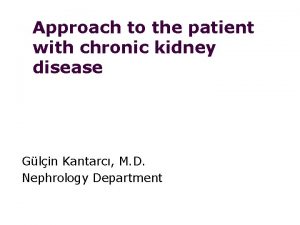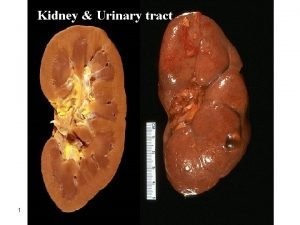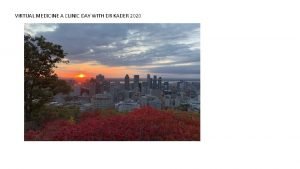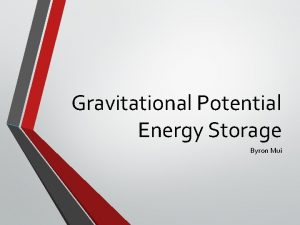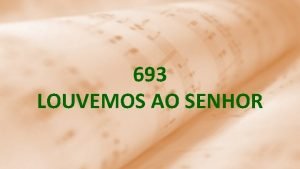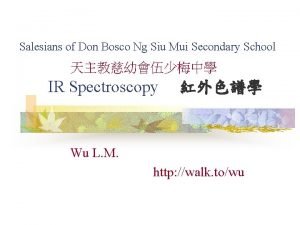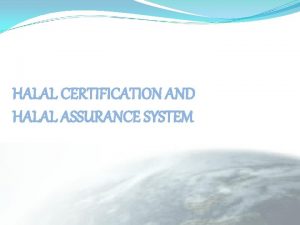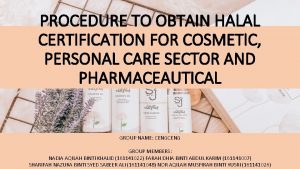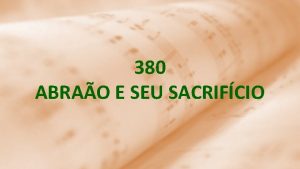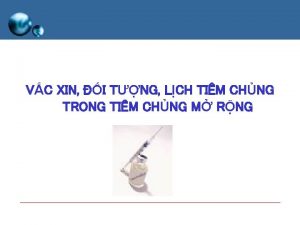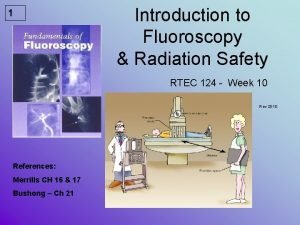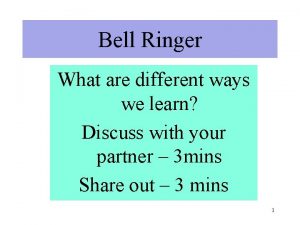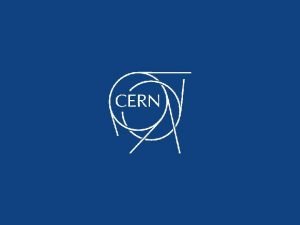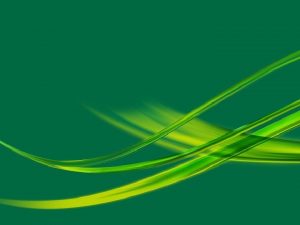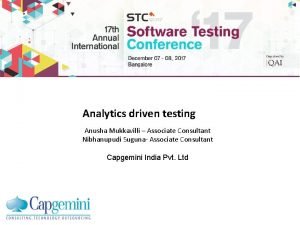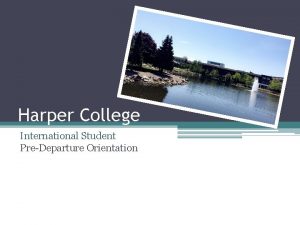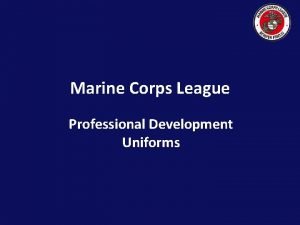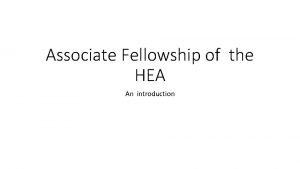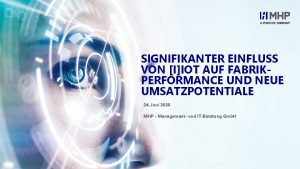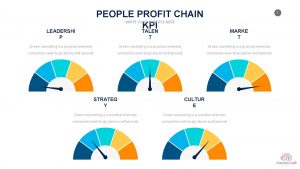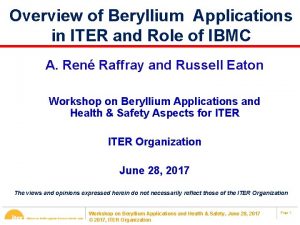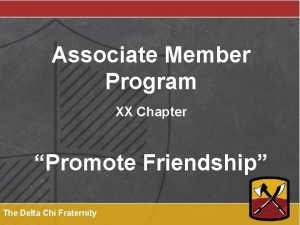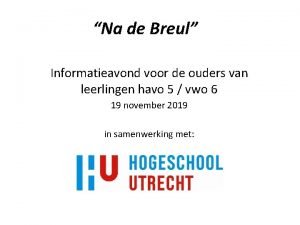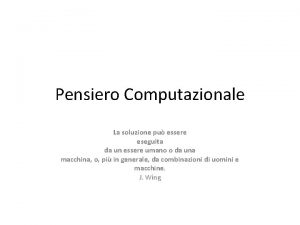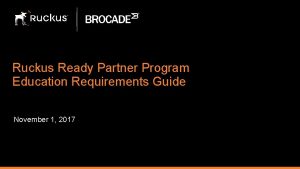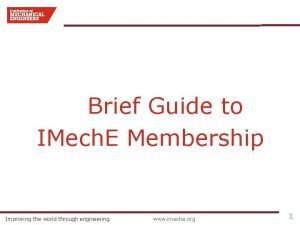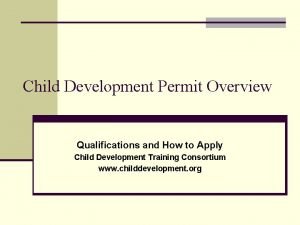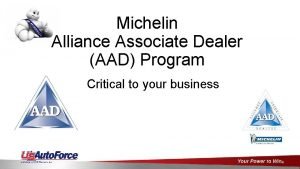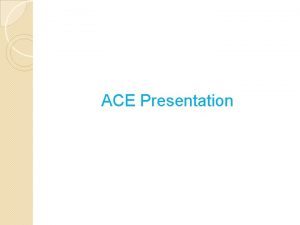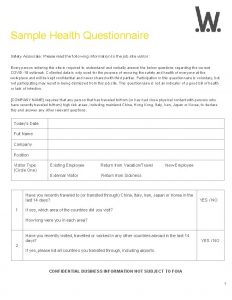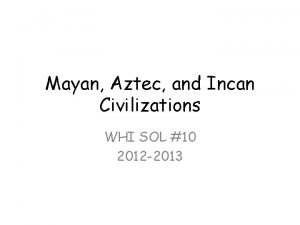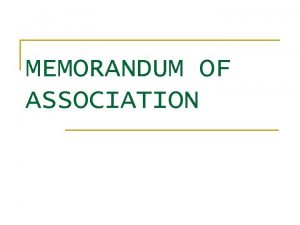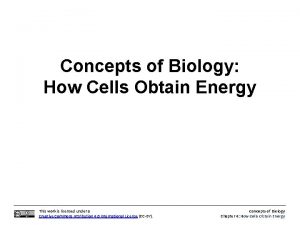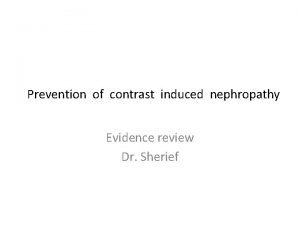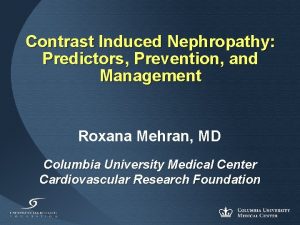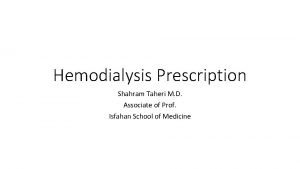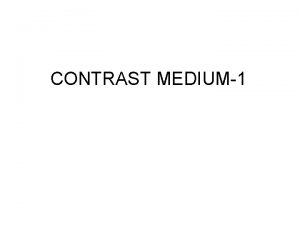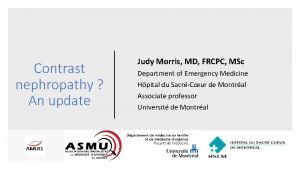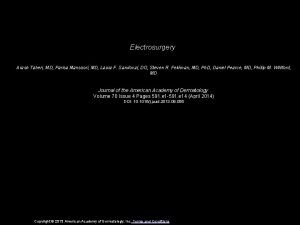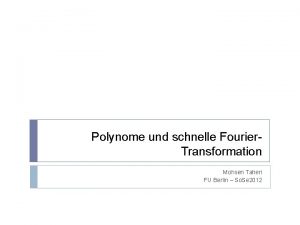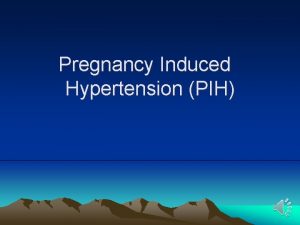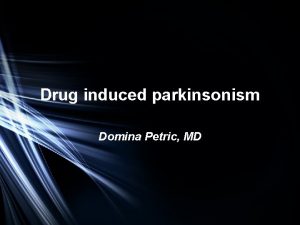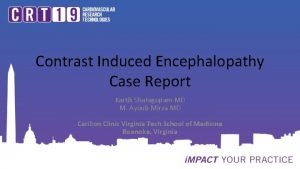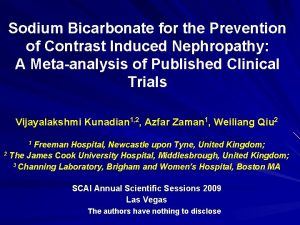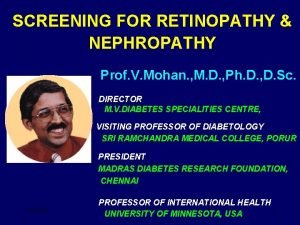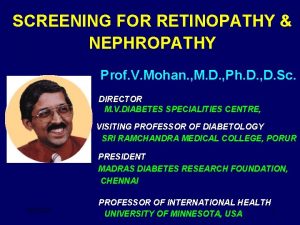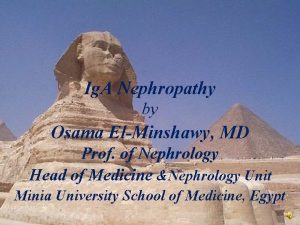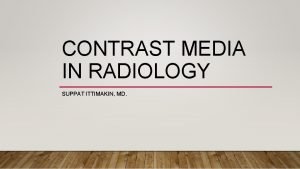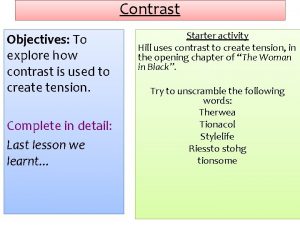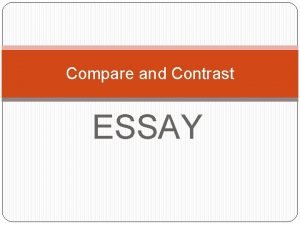Contrast Induced Nephropathy Sh Taheri Associate Prof MUI





























































- Slides: 61

Contrast Induced Nephropathy Sh. Taheri Associate Prof. MUI


History • �In 1906, Von Lichtenberg and Voelcker used 2% colloidal silver solution, for retrograde pyelography studies. (toxic to kidneys, death). • �In 1920, Osborne and colleagues, 10% “Na. I” for Rx of syphilis, fortuiously found it to be radiopaque , excreted by kidneys. —first pyelogram. • Selectan - Moses Swick • Uroselectan , 1927 – increased solubility and less toxicity. • In 1993, Hippuran was introduced. • Binz and Rath – Neo ipax(Iodoxyl) and diodrast (Diodone) • 1927 – Werner Frossmann – self catheterization, using urinary catheter( antecubital vein), (Na. I) • 1923, Berbrich and hirsch –femoral angiogram • 1924, Brooks – first angiogram (under GA).

Epidemiology • Incidence in General population <2%. * • Overall incidence is 14. 5% (epidemiological study)^ • Among diabetics, mild –moderate CKD – 9 -40%. # • Severe CKD 50 -90%. • 5% of hospital admissions. ** • Cases of CI-AKI leading to dialysis are rare (0. 5 to 2. 0%). • When it leads to dialysis in hospital mortality of 35. 7%, 18. 8% • - 2 yr survival rate $.

Diagnostic criteria for CIN

KDIGO Definition • CI-AKI is defined by the Kidney Disease Global Outcomes (KDIGO) guidelines as: • “…increase in serum creatinine of 0. 3 mg/d. L or greater within 48 hours of contrast use or • a 50% or greater increase from baseline serum creatinine within 7 days”.

Course • The serum creatinine usually increases within 24 -48 hrs after contrast administration, peaks at 3 to 5 days, and returns to baseline in 1 -3 weeks.




Pathophysiology • • • Combination of toxic and ischemic injury to renal tubular cells. Rheological alterations Activation of tubuloglomerular feedback Vasoconstriction Decreased blood flow Regional Hypoxia Cytotoxic effect on renal epithelial cells Generation of ROS Increased adenosine or endothelin production













CONTRAST MEDIA • Important considerations in choosing a contrast agent • �SOLUBILITY • �OSMOLALITY • �VISCOSITY

CONTRAST MEDIA • Classified into ionic and nonionic groups based on water solubility. • Ionic agents, water soluble, dissosciate into negative and positive ions, bind with negative and positive poles of water molecules. • Nonionic agents donot dissosciate, but are water soluble, polar OH groups.

TYPES OF CONTRAST MEDIA • Based on osmolality relative to plasma • HIGH OSMOLAR CONTRAST AGENTS (HOCM) • LOW OSMOLAR CONTRAST AGENTS (LOCM) • ISOOSMOLAR CONTRAST AGENTS (IOCM) • Further classification is by contrast agent ratio No. of iodine atoms/No. of particles in solution. • Most imp. factor impacting attenuation.



Comparison of different osmolar agents. . which is beneficial ? ? • Iohexol cooperative study; Rudnick et al – IOHEXOL vs DIATRIZOATE, iohexol was less nephrotoxic in patients with CKD ±Diabetes. (7% vs 4% , 27% vs 12%) Kidney Intern 1995; 47(1): 254 -61 • No difference in nephrotoxicity in patients with normal kidney function, with or without diabetes.



PREVENTIVE MEASURES

Four basic concepts 1. hydration and volume expansion 2. choice and quantity of contrast material (IOCM or LOCM) 3. pre, intra, post procedural end organ protection with pharmacotherapy. 4. Post procedural monitoring and expectant care. (24 -48 hrs post procedure s. creatinine), (dialysis need in patients with e. GFR<30 ml/min/1. 73 m 2)


HYDRATION �Simplest and most effective way of protecting renal function. (decreases by 50% chance of CI-AKI) �Effect of contrast agents on kidney is prolonged in dehydration. ( RBF, GFR). � 0. 9% NS by IV infusion at a rate of approx. 1 -1. 5 ml/kg/hr. (adjust accordingly). �At least 300 -500 ml of IV hydration before administration of contrast material. � 6 -12 hr before the procedure and continued for upto 12 -24 hr after the radiographic examination, if diuresis is appropriate. �Urine output 150 ml/hr. (if more – replace the lost fluids)

When before/during/after procedure? • Administration of fluid immediately before or at the time of CM exposure is less efficacious for prevention of CIN. • Sufficient time to increase urine output, decrease vasoconstrictive forces, replete extracellular volume are required for optimal protection. • 6 hrs -12 hrs before procedure, 12 hrs -24 hrs after procedure.




















RECENT TRENDS IN CI-AKI





 London forces vs van der waals
London forces vs van der waals Diabetic nephropathy stages
Diabetic nephropathy stages Analgesic
Analgesic Iga nephropathy vs psgn
Iga nephropathy vs psgn Type i
Type i Nephropathy
Nephropathy Quartan malaria nephropathy
Quartan malaria nephropathy Tresiba canada
Tresiba canada Sempre vencendo mui vitorioso
Sempre vencendo mui vitorioso Byron mui
Byron mui Excelso supremo e mui digno de louvor
Excelso supremo e mui digno de louvor Ng siu mui
Ng siu mui Halal assurance system manual philippines
Halal assurance system manual philippines Mui halal certificate
Mui halal certificate Mui van zandt
Mui van zandt Hino debaixo de uma mui formosa tamareira
Hino debaixo de uma mui formosa tamareira 501 hinário
501 hinário Mui ac ir
Mui ac ir Mui.ac
Mui.ac Se eu pudesse desamar a quem me sempre desamou
Se eu pudesse desamar a quem me sempre desamou Mũi opv1 là gì
Mũi opv1 là gì Double contrast vs single contrast
Double contrast vs single contrast To associate
To associate Los angeles harbor city college
Los angeles harbor city college Lore taillieu
Lore taillieu Physician associate lecturer
Physician associate lecturer Mbcs membership
Mbcs membership Associate consultant in capgemini
Associate consultant in capgemini Adobe audition certification
Adobe audition certification Associate warden
Associate warden Harper college associate degrees
Harper college associate degrees Registered nurse lone star college
Registered nurse lone star college Marine corps league associate member uniform
Marine corps league associate member uniform Hea associate fellowship
Hea associate fellowship Ordinary reading vs critical reading
Ordinary reading vs critical reading Stratog online lectures
Stratog online lectures Promotion from assistant to associate professor
Promotion from assistant to associate professor Mhp associate partner gehalt
Mhp associate partner gehalt Cincinnati state associate degrees
Cincinnati state associate degrees Sales profit chain
Sales profit chain Iter project associate
Iter project associate Sep certification
Sep certification Associate degree pie
Associate degree pie Cipd professional discussion
Cipd professional discussion Associate consultant in capgemini
Associate consultant in capgemini Delta chi flag
Delta chi flag Kosten tio hbo
Kosten tio hbo Tecniche associate al pensiero computazionale
Tecniche associate al pensiero computazionale Partner portal ruckus
Partner portal ruckus Imeche associate membership
Imeche associate membership Child development program director permit
Child development program director permit Michelin aad program
Michelin aad program Disadvantages of direct mapping in cache memory
Disadvantages of direct mapping in cache memory Berstoff gearbox repair
Berstoff gearbox repair Name something you associate with superman
Name something you associate with superman Associate program
Associate program Associate degree rmit
Associate degree rmit Safety associate
Safety associate Associate director meaning
Associate director meaning What does this drawing indicate about the inca civilization
What does this drawing indicate about the inca civilization Importance of memorandum
Importance of memorandum Vertical
Vertical


